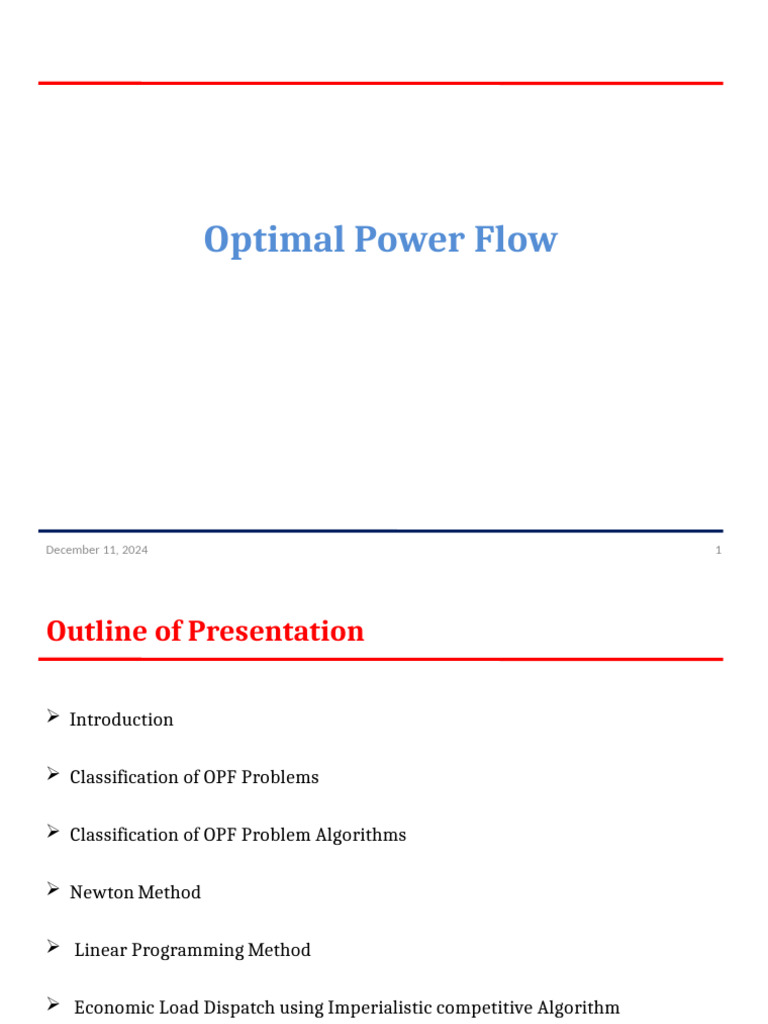Imagine a world where the electrical grid operates with optimal efficiency, power stability, and reliability. What if we could model the interactions and decisions of various stakeholders within this system as a playful game? This inquiry leads us to explore the intriguing realm of continuous action potential games and their applications, particularly concerning optimal power flow (OPF) in electrical systems.
To embark on this intellectual journey, let’s first delve into the concept of continuous action potential games. At its core, this mathematical framework seeks to imbue the principles of game theory into continuous strategies rather than discrete choices. Unlike traditional games that often revolve around a finite set of actions, continuous action potential games allow players to select strategies from a continuous spectrum—a seemingly simple adjustment that heralds profound implications.
In essence, players in these games make decisions based on potential functions, which encapsulate the dynamics of their interactions. Each player seeks to optimize their outcomes while considering the potential impacts of their decisions on others. The concept resonates especially well in the context of optimal power flow, where multiple stakeholders—ranging from utility companies to consumers—interact continuously to balance supply, demand, and distribution in the electrical grid.
Now, this framing leads us to ponder a playful question: How do we ensure that the confluence of strategies leads to equilibrium, not just in a theoretical sense but as a practical approach to managing a live electrical grid? The answer lies in the integration of mathematical optimization techniques with advanced game-theoretic strategies, where the objective is to minimize costs and boost efficiency while curbing emissions and ensuring resilience.
At the heart of OPF is the need to make precise calculations regarding the flow of electricity through the grid, constrained by physical laws and operational limits. Continuous action potential games provide a way to model these constraints as part of the game dynamics. Each utility can be seen as a player, whose utility function reflects the operational costs related to generating electricity while adhering to the regulations and standards governing the grid.
Let’s unpack a few key components involved in this optimization challenge. One prominent element is the concept of Nash equilibrium—where no player can unilaterally change their strategy without incurring losses, thereby creating a stable state. But how do we characterize this equilibrium within continuous frameworks? This is where potential functions become paramount. By crafting potential functions that accurately model the interactions among players (or utility companies), we can ascertain a means to reach this equilibrium effectively.
The deployment of continuous action potential games in optimal power flow also opens new avenues for handling uncertainty in renewable energy sources. With the increasing penetration of solar and wind energy, the variability in production adds layers of complexity to the game. Players must continually adapt their strategies to manage not just their generation capacity but also potential fluctuations in demand and supply. This dynamic relationship pushes us to redefine traditional models—transforming them into more robust algorithms capable of adapting to real-time changes in the grid.
Moreover, let’s consider the implication of decentralized decision-making processes encouraged by continuous action potential games. Unlike centralized systems where a single entity controls power distribution, this approach promotes a more democratic interaction among players. Each participant’s actions can lead to a collective intelligence that enhances system performance. However, this paradigm shift poses a significant challenge: how do we develop frameworks that ensure cooperation rather than competition among players? Game theory provides tools like incentive mechanisms and communication strategies to foster collaborative decision-making, encouraging players to share information instead of guarding it jealously.
The practical applications of these theoretical underpinnings are already evident. Smart grids, designed with advanced metering infrastructures, leverage real-time data to influence player behavior. By utilizing continuous action potential games, these systems can evolve, allowing stakeholders to adapt their strategies optimally. Consumers can adjust their usage patterns based on price signals, while utility companies refine their generation strategies according to demand forecasts. It’s a fascinating interplay that illustrates the synergy between game theory and power systems.
As we grapple with the complex nature of energy markets, reflected through the lens of continuous action potential games, we are also confronted with ethical and equity considerations. The decisions made by one player can have profound implications for others, particularly marginalized communities disproportionately affected by energy policies. How do we ensure that these games do not merely serve the needs of the powerful but also champion equitable access and sustainability? This remains a pivotal question in the ongoing discourse about energy management and fairness.
Looking ahead, the landscape of optimal power flow continues to evolve. With advancements in machine learning and big data analytics, the integration of these technologies with continuous action potential games may yield innovative strategies that enhance performance across grids. Imagine a future where our electrical networks are not only efficient and resilient but also adaptive and coherent—an ideal where the dance of players leads to sustainability and stability.
In conclusion, continuous action potential games represent a sophisticated and playful avenue to tackle the challenges of optimal power flow. By weaving together game theory with mathematical optimization, we can redefine how we interact with energy systems. Let’s embrace this intellectual challenge to reimagine our power ecosystems, striving for a balance between competition and collaboration, stability and adaptability, all while keeping our sights set on a sustainable future.
